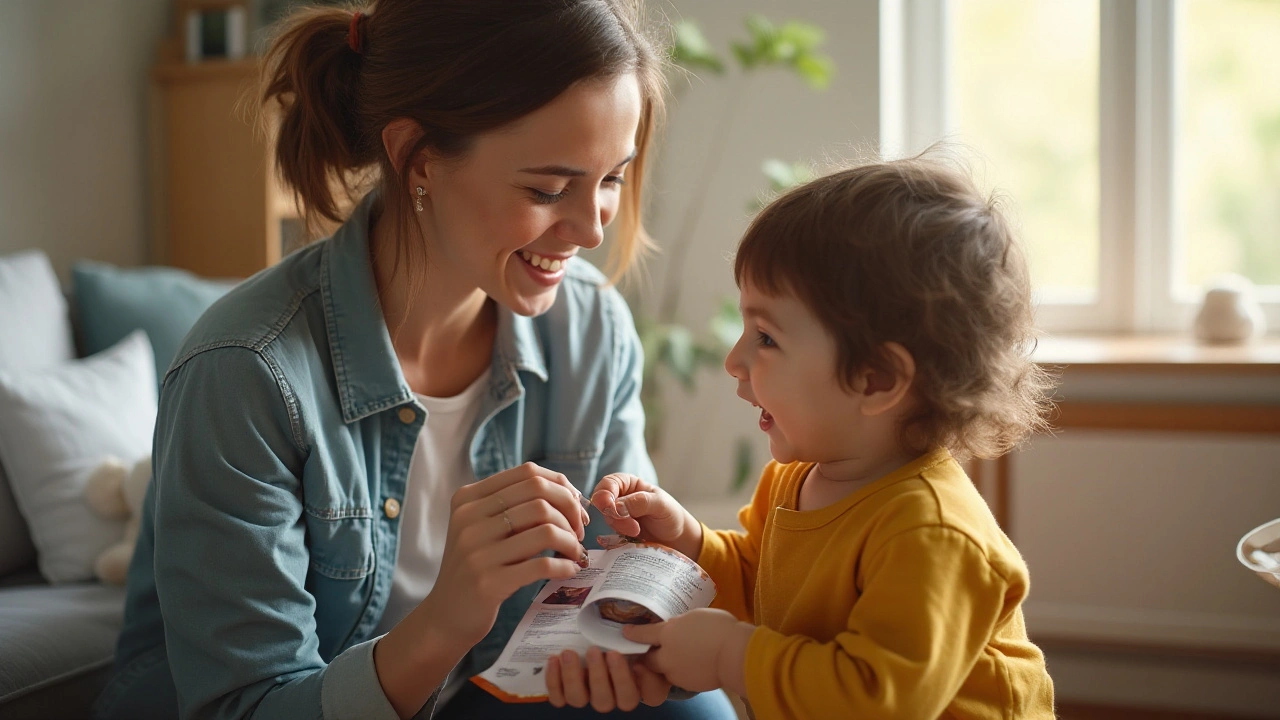Children's Dosage: Getting It Right Every Time
Giving medicine to kids sparks nerves for most parents. Dosage matters way more for children than adults—tiny changes make a big difference. Why? Kids metabolize medicine differently, and a small error could lead to side effects or not enough benefit. That's why accurate dosing isn't just good practice—it's essential for their health.
Measuring medicine for kids starts with the right tool. Forget kitchen spoons—they don't cut it. Most pharmacies provide dosing syringes, cups, or spoons marked in milliliters (mL). Double-check: if the prescription says 5mL, use a tool with clear mL marks. Even a slight overpour can result in too much medication, especially with strong drugs like antibiotics or pain relievers.
Weight, not age, is usually the safest way to calculate the right amount. Two kids of the same age can have completely different body sizes and needs. Always ask your pharmacist or doctor for the precise mg or mL based on your child’s weight. If you don’t know your child’s current weight, take a quick measurement before starting the new medication.
Be extra careful with common over-the-counter options like acetaminophen or ibuprofen. These come in different strengths—infant drops are more concentrated than children's syrup, which leads to mix-ups. Check the concentration every time and never swap products without checking the label first. If you’re unsure, ask the pharmacist to explain, even if it feels awkward.
Timing and consistency make a big difference. Staggering doses or skipping a day can mess with effectiveness—especially for antibiotics. Set phone reminders and keep a visible chart, so you don’t lose track. If you miss a dose, don’t double up unless your doctor says so—it’s safer to stick to the regular schedule.
Taste is another battle. Some children will spit out medicines, fake a swallow, or throw a fit. You can ask the pharmacist about flavoring options or mix liquid medicine with a little applesauce or yogurt (if the label allows). Don’t hide medicine without checking drug-food interactions or asking your care provider.
Side effects show up fast in kids. Watch for rash, stomach upset, or unusual drowsiness right after giving a new medicine. If you see swelling, trouble breathing, or persistent vomiting, get help immediately. Keep emergency numbers handy—better to overreact than wait and see.
When in doubt, double-check everything. Bring the med bottle and any tools to the pharmacy. Compare the label with your doctor’s instructions. If you’ve searched online and feel confused, call your care provider. Clear information prevents scary mistakes.
For more medication tips—for both prescription and over-the-counter drugs—browse our site. We break down confusing labels, help you spot common mix-ups, and share straightforward advice for keeping your kids safe and healthy every dose.
Disoproxil for Kids: Dosage, Safety Tips, and Effectiveness Explained
by Melissa Kopaczewski Jun 26 2024 9 MedicationsDisoproxil has become a significant medication for managing various health conditions in children. This article dives into the appropriate dosages, the safety measures to consider when administering this drug, and an evaluation of its effectiveness for young patients. Learn essential tips and interesting facts to ensure the well-being of your child while using Disoproxil.
READ MORE
